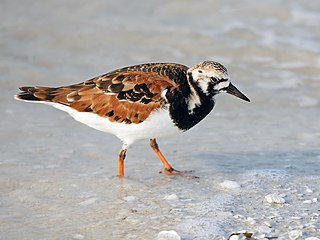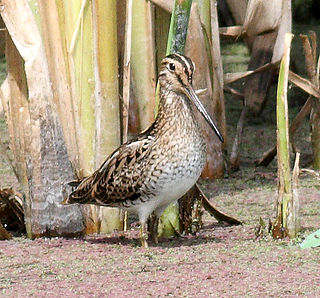| East Sanday Coast | |
|---|---|
| Location | Orkney, Scotland |
| Coordinates | 59°16′00″N2°31′00″W / 59.266667°N 2.516667°W Coordinates: 59°16′00″N2°31′00″W / 59.266667°N 2.516667°W |
| Area | 15.15 km2 (5.85 sq mi) [1] |
| Established | 1997 |
| Governing body | Joint Nature Conservation Committee |
The East Sanday Coast is a protected wetland area on and around the island of Sanday, the third-largest of the Orkney islands off the north coast of Scotland. With a total protected area of 1,515 hectares, the 55 kilometre stretch of coast includes rocky and sandy sections, sand dunes, machair habitats, intertidal flats, and saltmarsh. It has been protected as a Ramsar Site since 1997. [1]

Sanday is one of the inhabited islands of Orkney that lies off the north coast of mainland Scotland. With an area of 50.43 square kilometres (19.5 sq mi), it is the third largest of the Orkney Islands. The main centres of population are Lady Village and Kettletoft. Sanday can be reached by Orkney Ferries or by plane from Kirkwall on the Orkney Mainland.

Orkney, also known as the Orkney Islands, is an archipelago in the Northern Isles of Scotland, situated off the north coast of the isle of Great Britain. Orkney is 16 kilometres (10 mi) north of the coast of Caithness and comprises approximately 70 islands, of which 20 are inhabited. The largest island, Mainland, is often referred to as "the Mainland", and has an area of 523 square kilometres (202 sq mi), making it the sixth-largest Scottish island and the tenth-largest island in the British Isles. The largest settlement and administrative centre is Kirkwall.

Scotland is a country that is part of the United Kingdom. It covers the northern third of the island of Great Britain, with a border with England to the southeast, and is surrounded by the Atlantic Ocean to the north and west, the North Sea to the northeast, the Irish Sea to the south, and more than 790 islands, including the Northern Isles and the Hebrides.
The area supports a large number of over-wintering waders and waterbirds, including internationally important populations of purple sandpiper and ruddy turnstone. It is also important for breeding populations of great black-backed gulls and common seals. [2]

The purple sandpiper is a small shorebird. The genus name is from Ancient Greek kalidris or skalidris, a term used by Aristotle for some grey-coloured waterside birds. The specific maritima is from Latin and means "of the sea", from mare, "sea".

The ruddy turnstone is a small wading bird, one of two species of turnstone in the genus Arenaria. The scientific name is from Latin. The genus name arenaria derives from arenarius, "inhabiting sand, from arena, "sand". The specific interpres means "messenger"; when visiting Gotland in 1741, Linnaeus thought that the Swedish word Tolk "interpreter" applied to this species, but in the local dialect the word means "legs" and is used for the redshank.

The great black-backed gull, mistakenly called greater black-backed gull by some, is the largest member of the gull family. It breeds on the European and North American coasts and islands of the North Atlantic and is fairly sedentary, though some move farther south or inland to large lakes or reservoirs. The adult great black-backed gull has a white head, neck and underparts, dark grey wings and back, pink legs and yellow bill.
As well as the East Sanday Coast being recognised as a wetland of international importance under the Ramsar Convention, [1] the whole of the island of Sanday has been designated a Special Area of Conservation. [3]

The Ramsar Convention on Wetlands of International Importance especially as Waterfowl Habitat is an international treaty for the conservation and sustainable use of wetlands. It is also known as the Convention on Wetlands. It is named after the city of Ramsar in Iran, where the Convention was signed in 1971.
A Special Area of Conservation (SAC) is defined in the European Union's Habitats Directive (92/43/EEC), also known as the Directive on the Conservation of Natural Habitats and of Wild Fauna and Flora. They are to protect the 220 habitats and approximately 1000 species listed in annex I and II of the directive which are considered to be of European interest following criteria given in the directive. They must be chosen from the Sites of Community Importance by the State Members and designated SAC by an act assuring the conservation measures of the natural habitat.














